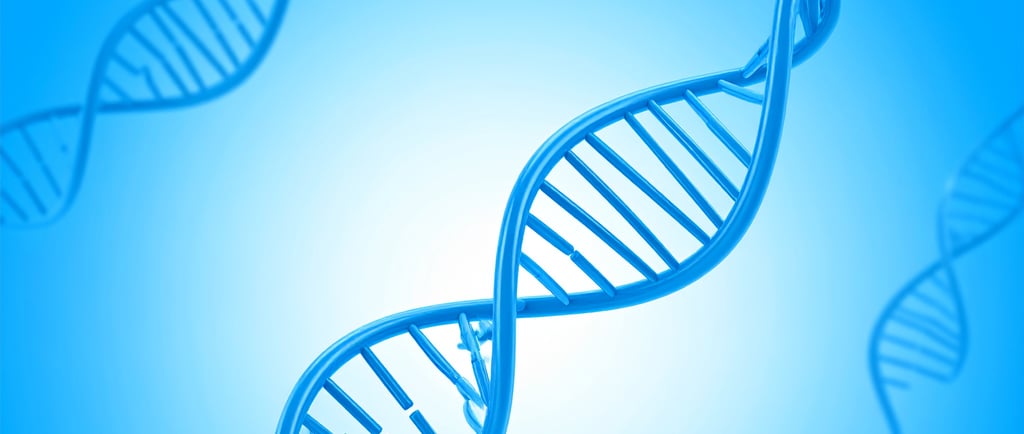Revolutionizing Synthetic Biology: The Promise of a New DNA Cloning Technique


Introduction to the Creating Technique
The field of synthetic biology is advancing rapidly, with new techniques emerging that promise to reshape our understanding and utilization of DNA. One such revolutionary method is known as 'creating,' a technique designed to clone and reassemble DNA more efficiently. This innovative approach has the potential to significantly reduce the cost and complexity of producing synthetic chromosomes, opening new avenues for scientific exploration and application.
Applications of the Creating Technique
The implications of the creating technique are far-reaching, impacting various sectors of biotechnological research and commercial applications. For instance, in the pharmaceutical industry, this method could streamline the production of drugs by enabling the creation of more effective synthetic compounds. By optimizing DNA assembly processes, researchers can develop novel therapies rapidly and cost-effectively.
Additionally, in the realm of biofuels, the ability to synthesize tailored microorganisms through the creating technique can lead to the production of renewable energy sources. These modified organisms can be designed to convert biomass into fuel more efficiently, addressing the global demand for sustainable energy solutions.
Cancer therapy is another critical area where the creating technique could make a significant difference. By assembling synthetic chromosomes that target specific cancer cells, researchers might enhance the precision of treatments, leading to improved patient outcomes. Such targeted therapies could minimize side effects and maximize treatment efficacy, thus revolutionizing cancer care as we know it.
Environmental Applications and Ethical Considerations
Moreover, the potential for environmental cleanup using modified organisms crafted through the creating technique is particularly compelling. With the ability to engineer microbes that can break down pollutants and restore ecosystems, this technology stands at the forefront of bioremediation efforts. It presents a promising solution to some of the pressing environmental challenges faced today.
As with any powerful technology, however, ethical considerations must accompany the advancements. The manipulation of DNA and the creation of synthetic organisms raise important questions about safety, biodiversity, and ecological balance. It is vital that regulators, scientists, and ethicists collaborate to establish guidelines that ensure responsible research and application of these techniques.
Conclusion: A New Era for Synthetic Biology
In conclusion, the creating technique represents a significant advancement in synthetic biology, providing researchers with a new tool to explore the potential of DNA manipulation. Its applications promise solutions for pharmaceuticals, renewable energy, cancer therapies, and environmental restoration. As the field continues to grow, it will be essential to balance innovation with ethical responsibility to harness the full potential of this groundbreaking technique.
